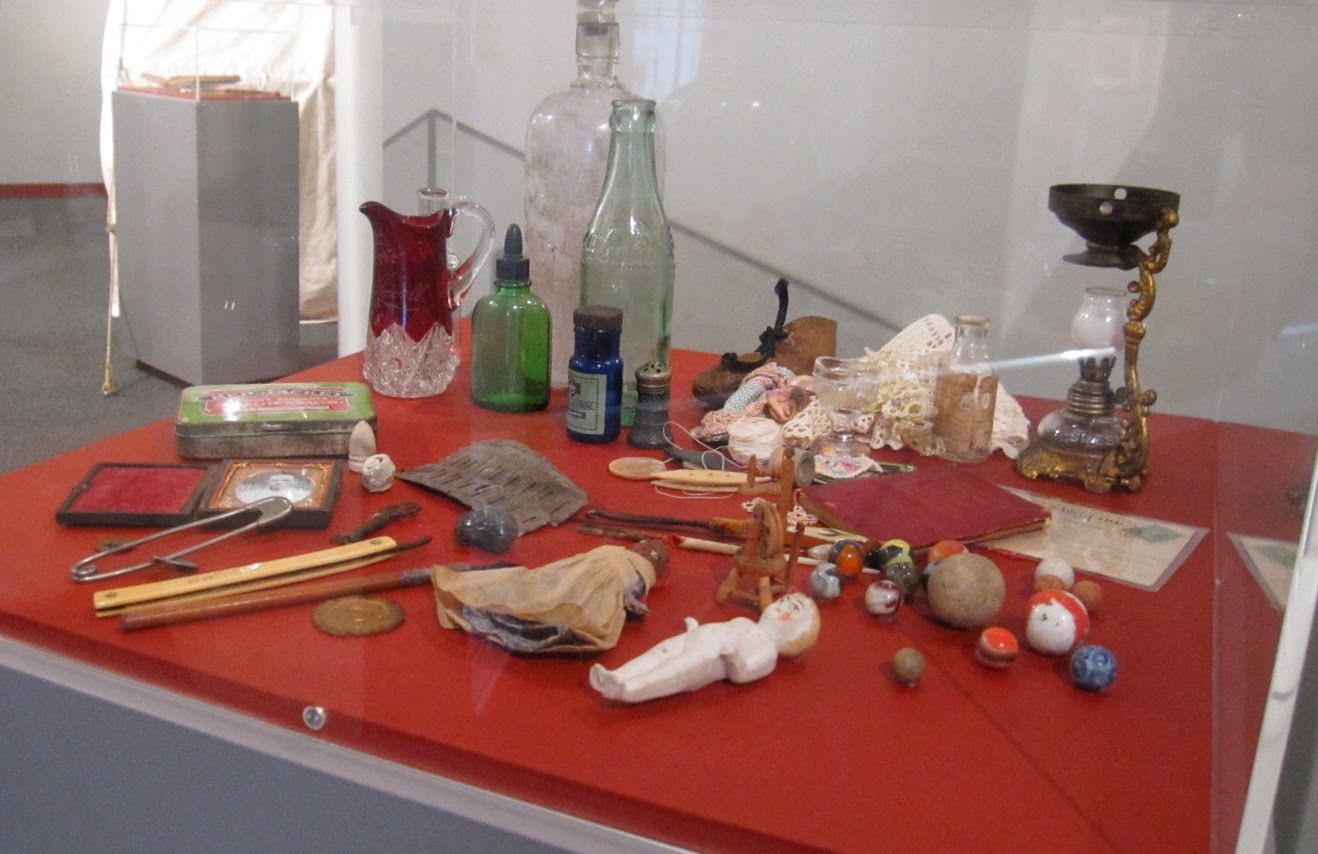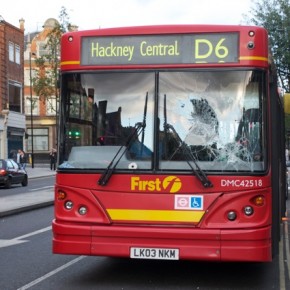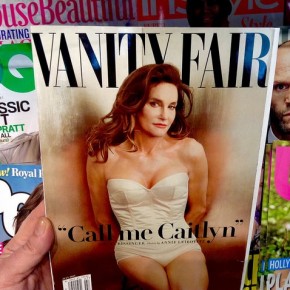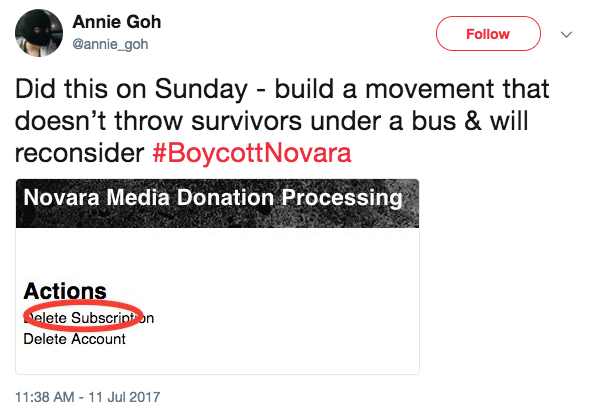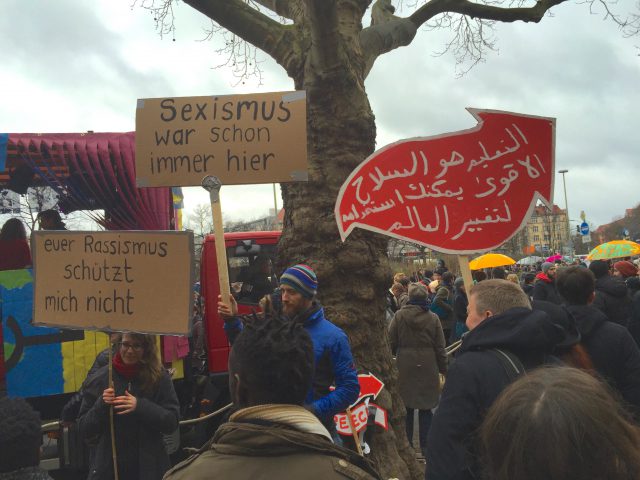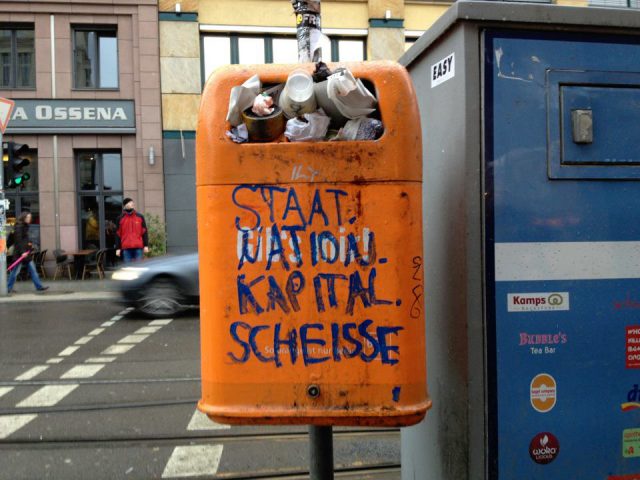One of the benefits of living in a small-ish city like Pittsburgh, Pennsylvania is that I frequently run across people I actually want to see, like my old friend Shaun Slifer, one of the area’s many multi-talented and underappreciated artists, as well as a longtime champion of the underdog. Enthusiastic as always, he told me about a project he had been working on called the West Virginia Mine Wars Museum. Eager to know more about this unique institution, which opened to the public on May 16, I spoke to Shaun about his role with the museum and his artistic work, more broadly.
ZF: I imagine that most people outside of West Virginia are fairly ignorant about the state’s history and labor struggles, given that the region only seems to garner national attention through news coverage of mine disasters and cautionary tales threaded with Appalachian stereotypes. What were the Mine Wars and why are they so significant?
SS: The “Mine Wars” is a label used to define a series of struggles starting roughly around 1910, and ending after the Battle of Blair Mountain in the late summer of 1921. They weren’t restricted to the southern West Virginia coalfields, but that’s where the majority of the “action” happened, and that’s the region we focus on in our museum. It’s a very complex era, but I usually define it as a struggle for basic human rights in the coalfields that necessarily turned militant as a result of violent oppression. There was a major push to unionize these areas, and as such the United Mine Workers of America (UMWA) is completely integral to the story.
One of the tropes we’ve focused on is the Battle of Blair Mountain as the birthplace of the term “redneck”. It’s been widely documented that the coal miners who eventually convened on Blair in various pitched skirmishes against company-funded “defenders” wore red bandanas on their necks in order to differentiate themselves from the enemy, who wore white armbands. The term has other incarnations which pre-date 1921, but for us it’s been a strategy for bringing this history into the present, and trying to make links with people about how negative Appalachian stereotypes from that era persist today.
ZF: What was the impetus for the Mine Wars museum and how did this group of collaborators come together?
SS: There was another project in Blair, West Virginia that operated as an interpretive museum and an activist, community convergence space. That is, at least, how I understand it, but I wasn’t in any way involved. That group folded because of internal rifts and then lost their building a couple years back. This current group is partially comprised of people who were involved in that project, as well as some other people from the region who had the ambitious dream to open another type of museum to carry forward some of the previous work and strike out in some different directions.
ZF: How does a Pittsburgh artist, like yourself, get roped into such an ambitious project in a town over five hours away?
SS: I’m old friends with one of the organizers who’s been working in West Virginia for years. When she sent out an initial fundraising email a year and a half ago, explaining the museum, I got one of those rare shudders that hits when something sparks multiple nodes in my imagination. I sent them a small check, and I asked her if I could make myself useful for work days, graphic design and anything else I could contribute from the sidelines. I eventually went down to Matewan for a meeting with the other organizers. They had an amazing set of diverse skills and things were moving forward before I ever came around. But it quickly became apparent that the part about what would happen when a visitor walked into the museum wasn’t something the other organizers had direct experience in building.
I’ve been working as a preparator at galleries and museums as a day job for 12 year. To be clear, I’m basically a grunt at those gigs, and my job runs the gamut from unloading crates from trucks, to handling other people’s expensive art investments with nitrile gloves, to lighting the shows. My opinion isn’t usually what I get paid for, but I think about and work within that environment regularly and it’s had a significant influence on my practice.
Most of my own projects, collaborative and solo, have some air of subterfuge. I found myself working with a group for whom the reality of a people’s history museum about the Mine Wars era was, in and of itself, subversive and celebratory. I ended up sliding into the role of interim “exhibition designer/curator”. I’m combining my skills with museum installation work as a day job with creative strategies for telling stories with pre-existing objects. I’m helping write labels, editing old newsreel scans in video, and making mounts for hundred-year-old guns and spent ammunition casings. Probably in a larger museum you’d have a small crew handling these details!
Any identity I have as an artist doesn’t really come up in this project, incidentally, which is fine by me. My primary concern was making friends, figuring out how I could be useful to a pre-existing group and to help pull off a really ambitious, passionate project.
ZF: Considering the conservative political climate in the U.S. and the shifting balance of power in West Virginia, I’m curious about how a living monument to union organizers and armed, insurrectionary workers is being interpreted by the public, particularly in the town where coal baron Don Blankenship graduated high school. Do people see the museum as a political statement or just a reflection of their region’s history? What has the local reaction to the project been thus far?
SS: We had a community open house last November and the support was really positive and tangible. I met loads of people from the community and felt like there was momentum behind us, we had lots of food out and folks got comfortable. I also feel like people are probably waiting to see what happens once we’ve actually been open for a while because at that November event we didn’t have any carpet down, the place was lit with old fluorescent lights, it was a bit bleak in comparison to all the work that was done this winter and spring leading up to our grand opening this May.
It’s difficult for me to know what the perspectives are, because I’m coming in from the outside and I’m only interacting with people who are working with us and supporting us, writing supportive articles and bringing amazing cupcakes to the open house. I think that, realistically, there are going to be some people who don’t like what we’re doing but I just haven’t heard from them yet.
ZF: In addition to the museum, much of your creative work over the years has a strong historical and political bent that I’ve variously seen you describe as expressions of ‘radical history’, ‘people’s history’ and ‘forgotten history’. Are these all one in the same, or are there differences in the way you conceptualize and execute historical projects?
SS: I think there are a couple things at play with that. One is a constant fascination with knowledge that isn’t immediately available, and then looking at the power structures which have made that so. As an artist I’m inherently a teller of stories and the stories I’m most interested in are ones that challenge power structures. The other thing is that I think the desire to tell histories of people’s movements just became a type of activist focus for me. It took me a long time to find a stride with doing something that felt socio-politically active to me, but also felt creative. I was never the guy making puppets for protests, for example.
The interesting questions for me are about how someone interacts with a project, where they find it, how it interacts with the space it occupies, and what assumptions people make about something based on how it is designed. Working with the Howling Mob Society was a turning point for me in this respect. We made a series of historical markers and installed them around Pittsburgh without any sort of permissions back in 2008, and we explicitly designed them to look about as boring as the state-approved markers looked. Some of them have been removed, but more than half have become a part of the urban environment. It’s the narrative on the signs themselves that’s less expected: context and detail about a class-based insurrection brewed from ingredients we could easily recognize and relate to in the early 21st century. They were mostly positioned to be encountered in pedestrian environments so that people would actually read them (if they are the sort who’s inclined to read long-winded historical plaques!) while shopping, or taking a lunch break from their job.
ZF: You’ve previously manufactured replicas of various historical anarchist artifacts for museum display, including reproductions of Alexander Berkman’s homemade dagger, the bomb thrown in the 1886 Haymarket Affair, and an Enoch Hammer, which was used by Luddites to smash the knitting machines in protest of factory mechanization circa 1811. Is it strange to think that this was somehow a relevant form of experience for your work with the Mine Wars Museum?
SS: Actually, the thread feels comfortably linear to me. Those earlier reproductions came from a lot of thought about the power and language of modern museums: What story does an old tool tell in relation to the space in which you place it? How does this change when you place other objects nearby? Do museums neutralize tools that were used in insurrections simply by putting them under plexiglass hoods? Does a museum intentionally encapsulate such objects in the past as a bulwark against contemporary inspiration, or can the opposite be true?
Working with actual artifacts down in Matewan just feels like a logical extension of these concerns for me. Kenny and Wilma, two of the folks on the board who own a majority of our foundational collection, keep their artifacts in drawers and plastic sacks and don’t think twice about letting you touch them – the handling of the artifacts and the sharing of stories about them is the important part. It’s counter to a lot of my day-job training and it’s beautiful. Preservation through use.
That Luddite project was actually created as part of an exhibition about “the relationship between robotics and all aspects of human culture.” I worked on that piece with Stuart Anderson [http://emblemblem.net/] , a longtime friend and collaborator who actually did his doctoral work in humanoid robotics. We felt like a reference to the Luddites was firmly appropriate in that context, and actually pushed to have the piece be alone in a dark room. Neither of us was ever fully satisfied with how that project panned out, but a few years later, one of the editors of The Land, an English magazine, published a picture of the replica hammerhead with a caption lamenting that it had been placed under plexi, and thus had met a “sad fate” in some assumed-to-be crappy museum in Pennsylvania. Having accidentally fooled someone who takes Luddite history seriously into the same trap that we were suggesting museums often intentionally create for revolutionary histories actually made the piece seem oddly successful.
I should also mention Fred Wilson here. He’s been working in this realm for years and has been a major inspiration in this kind of work for me. Work like Wilson’s is probably what kept me working as “an artist” instead of going and getting a history degree and seeking a job as an archivist (a path that often occurs to me in leaner months).
ZF: A lot of people still have this cartoonish idea of artists as tortured loners, pining away in solitude for weeks on end until they emerge cathartic, with masterpiece in hand. While I’m sure there are people who fit the bill, your artistic practice — like that of your colleagues in the Justseeds Cooperative — focuses heavily on collaboration, pedagogy and public accessibility/visibility. Is this approach to making art a reflection of your politics, or have you always just been drawn to making art in public spaces and with other people?
SS: Collaborative process is a reflection of my politics in the same way that getting my ass out and shoveling my sidewalk after the snow is a reflection of my politics. It’s not about me, it’s about everyone else who lives in my neighborhood or interacts with the sidewalk.
But for a less snarky answer: I did not always collaborate, and I don’t always now, but you’re right that it’s integral to who I am. I don’t do it as a matter of consistent practice. Rather, it’s just part of a larger relationship to other people in my community, friends, etc. and some feeling that, strategically, it will always make a project better if more minds are involved. If I’ve become obsessed with an idea, at some point it usually occurs that someone else with a different background than myself might get really excited to work on something along the lines of what I’m thinking about. But it has to feel collaborative, and that process isn’t easy, involves loads of compromise, and I’m always learning to do that better. I don’t want to be the sort of artist who just hires someone to build the project they dreamed up and then not give credit for that person’s involvement. I also just don’t make the kind of income to even think that way.
I’ve been working in galleries and museums for years now, and people have to make a decision to walk into a space like that. Not everyone walks into those spaces. There’s a way of making work for that crowd, and there are other tactics for taking creative approaches completely outside the expected realms. Because I’m interested in challenging power structures, I think it can often make sense to work publicly with that in mind.
ZF: Given that our first conversation, many years ago, was about a rail bike that you built and tested on abandoned train tracks, I know you are big fan of making weird devices and contraptions. Was this the impetus for the souvenir “penny crushing” machine that you co-designed? Or is it simply the righteous goal of allowing people to flatten U.S. currency into an embossed keepsake reading, ‘Don’t Let the Fuckers Drag You Down’?
SS: I’m not an engineer. It’s the projects I’ve worked on with Stuart Anderson which bring that tactic into play. The penny smasher comes from a couple notions on my end: a fascination with souvenirs and the role they play in memory, and my own collection of smashed pennies since I was a kid. For Stuart, making a penny smasher that is complex and kinesthetic, is the sort of challenge he gets inspired by. We met in the middle on the conceptual framework for the final project – creating a penny smashing machine which draws on the history of zoos and museums as vectors for souvenirs, and generates desirable souvenirs which memorialize extinct and critically endangered animals while suggesting the memorialization of contemporarily successful urban adaptors (coyotes, raccoons, and the like). I don’t think of it so much as a machine which destroys currency, but it obviously does that! The “fuckers” pennies were something fun we generated from our first machine, which we were dragging around to subcultural venues as a way to just let people know what we were working on and let them touch it, ask questions, smash pennies.
ZF: What excites you most about the recent opening of the Mine War Museum?
SS: I’m really thinking a lot about what the museum will be a year from now. I think there are a lot of elements of the story that we’re probably not shedding much light on yet, and I’d like to see us get better at that. Getting better means that people will bring more stories in to us. We’re not heavy on the stories of the African-American families that moved up to the Southern West Virginia coalfields, for example. My personal feeling is that this is because we’re pulling together pieces in this initial stage from available archival photographs and artifacts our own members have collected. As is usual, this says a lot about who was doing documentation at that time, and whose documentation was institutionally preserved for future research and thus available to us (instead of in-the-family collection).
For this to truly be a community-driven museum, I think people will have to trust us. I hope we build that trust by proposing and exhibiting that we are serious about how we’re doing this, and open to working with this history as an active space. Hopefully, as that relationship blossoms, people in the region will step in with stories we don’t know yet, and things they want to exhibit that wouldn’t be available to us now. That’s when the digging really starts! I think it’s a great museum now, but I think it will be even better a couple years from now.
